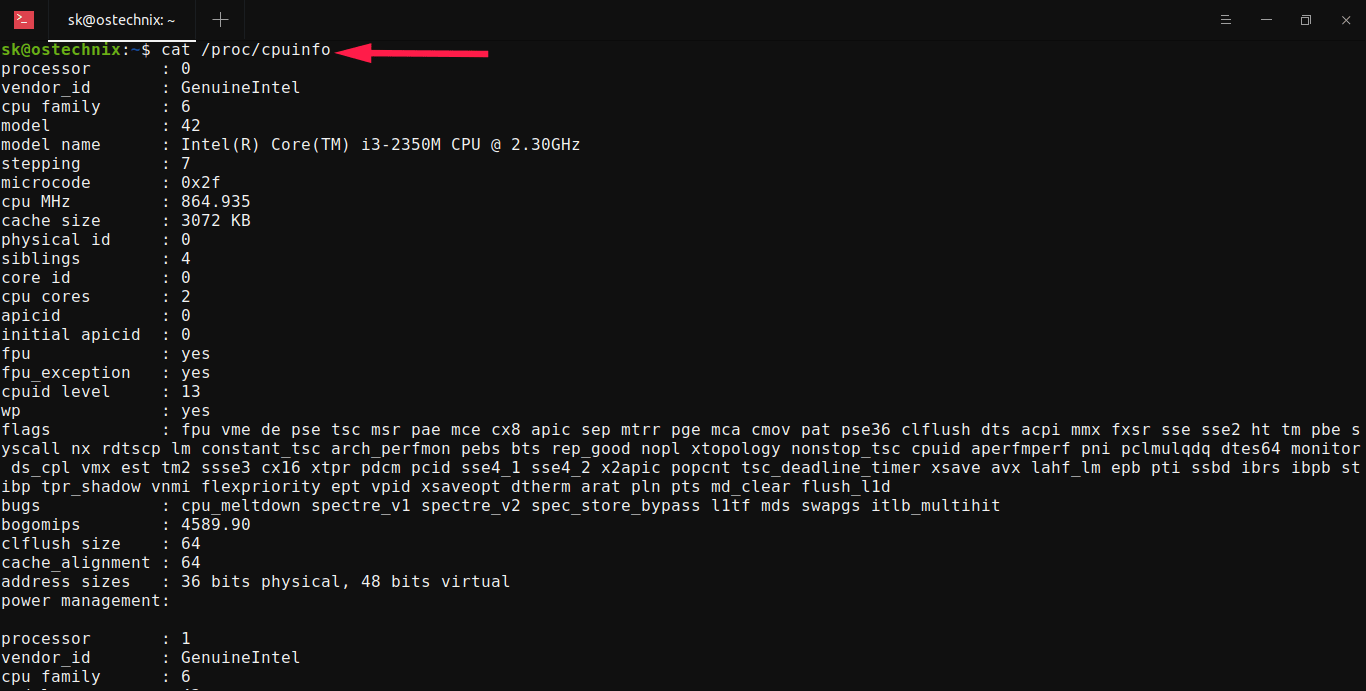

you should know the process id(pid) of the process you want to monitor.snmp should be configured to accept requests from where you will run the script below(it may be configured in nf).the device running the process should have snmp installed and running.To see what the CPU load was like between 06:30 and 07:15 today, we’ll use this command.You may use SNMP to get the memory and cpu usage of a process in a particular device in network :) The times are expressed in the 24-hour clock. To review any of the historical data is simply a case of adding the -s (start) and -e (end) options time to any of the usual sar commands.

RELATED: What Are Read/Write Speeds, and Why Do They Matter? Historical Statistics With sar You can also use the -A (all) option to see a complete dump of everything sar can throw at you.Ĭheck out the sar man page for the full list. There are many more categories of information that you can select to review.

bread/s: Total amount of data read from physical devices.dtps: Total number of discard requests per second issued to physical devices.wtps: Total number of write requests per second issued to physical devices.rtps: Total number of read requests per second issued to physical devices.tps: Total number of transfer requests per second that were made to physical devices.We’re asking for three sets of data with four seconds between them. To see the I/O and transfer rate statistics, use the -b (note, lowercase “b”) option. %vmeff: Calculated as pgsteal / pgscan, this is an indication of the efficiency of page reclaims.pgsteal/s: Number of pages the system has reclaimed from cache per second.pgscand/s: Number of pages scanned directly per second.pgscank/s: Number of pages scanned by the memory management system kswapd daemon per second.pgfree/s: Number of pages placed on the free list by the system per second.majflt/s: Number of major faults the system has made per second, that have required loading a memory page from disk.fault/s: Number of page faults, both minor and major, made by the system per second.pgpgout/s: Total number of kilobytes the system has paged out to the hard drive per second.pgpgin/s: Total number of kilobytes the system has paged in (retrieved) from the hard drive per second.The columns contain the following information. We’re going to ask for two sets of information, with five seconds between them. The -B (paging) option causes sar to display statistics related to the paging of memory to the hard drive. This command looks at three sets of data with one second between them, for core 1.


 0 kommentar(er)
0 kommentar(er)
